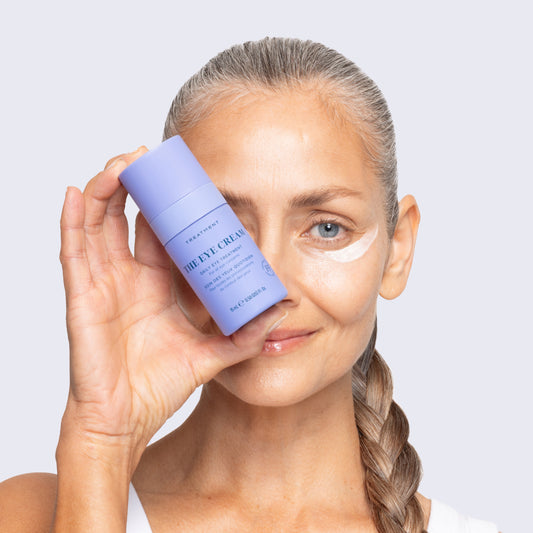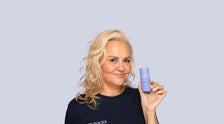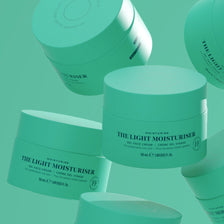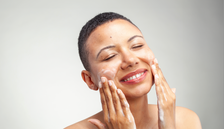Shop the full Skin Rocks Range
I am often met with claims of ‘clinical trials’ and ‘independent studies’ when reviewing skincare. It’s to be expected, brands want to give the consumer ‘evidence’ that their product does what it says on the box.
The problem arises when they make those claims based on inadequate or irrelevant testing and put it in language that isn’t easy for the customer to break down.
In its simplest form:
Consumer trials – you always see these in the small print on ads. They say something like ‘In a study of 80 women, 67% found that X product increased hydration in the skin.’
The major problem with these ‘trials’ is that you frequently have no idea what demographic and skin type makes up that 80 women. If you put a really hydrating moisturiser on a 70-year-old woman that has only ever used soap and water on her face, she may think it’s amazing.
If you put that same moisturiser on me, I may think it’s doing absolutely nothing. Consumer trials, in a lot of cases, are really just marketing dressed up as facts. It may be a fact that 35 out of women ‘found that the product enhanced the firmness of their skin’, but what was their skin like before? What is your base level in the group of women? How old are they? Were they wrinkled to begin with? Did they have acne? Did they have sensitive skin? We will never know. These trials are based on the participants feeding back their thoughts on paper, not studied in detail under a microscope in a clinic. That’s a consumer trial.
Clinical trials – these are, rather obviously, done in a clinical environment, on people, not petri dishes. (They will generally be classed as in vivo – see below.)
They include monitoring the participants before, during and after and gauging results by scheduling tests, procedures, applications and dosages; and the length of the study. While in a clinical trial, participants following a protocol are seen regularly by research staff to monitor their results and to determine the effectiveness of the products.
In vitro (latin for ‘in glass’) testing is the most widely used, the problem is that testing skincare in a petri dish does not replicate testing it on a live human being. Therefore, I tend to disregard any claims made around in vitro. It’s basically saying ‘this might happen if you use it on your actual skin! or you know, not’.
It’s the equivalent of Jamie Oliver cooking an entire meal for you without tasting the food once during the cooking process. It should taste nice, but you don’t know until you actually eat it.
In vivo (latin for ‘within the living’) is the most reliable form of testing as the products are tested on people, not samples in dishes. (In the old days of beauty testing it used to mean animal testing too – it doesn’t now, don’t worry) This testing, however, is extremely expensive to perform and understandably not easily available to smaller brands who would struggle to find £35-£50,000 to test one product. Most studies around in vivo are limited to under 50 people and for around 4-12 weeks – usually for cost reasons. For the simple fact that it is testing done on living, breathing human skin, it’s still the most reliable though.
ORAC testing – ORAC testing is based on antioxidants and free radicals and originated in food testing. All that talk about blueberries and coffee berry being amazing antioxidants? That would be ORAC testing. There are three major problems with ORAC testing in skincare.
1: it was designed for food.
2: it uses in vitro – see above.
3: it has been completely disregarded by both the FDA and the EU as a reliable source of rating antioxidant capability in both food and skincare on human skin.
So, for example, to claim your product is 300 times more effective than other brands is at best, unethical and at worst, borderline illegal. If you made that claim as a blueberry farmer the EU and the FDA would take you to court. It’s a minefield and if I was one of the other brands being targeted by the 300 times stronger crew? Frankly I’d be calling my lawyers.
So where does that leave you and I, the consumers who part with hard-earned cash?
While I always take the results of a full clinical trial seriously, honestly, the only voice I listen to these days is word-of-mouth. If a friend has used something and really rates it, I want to check it out. If another blogger that I respect raves about something – I always want to check it out.
You?






























